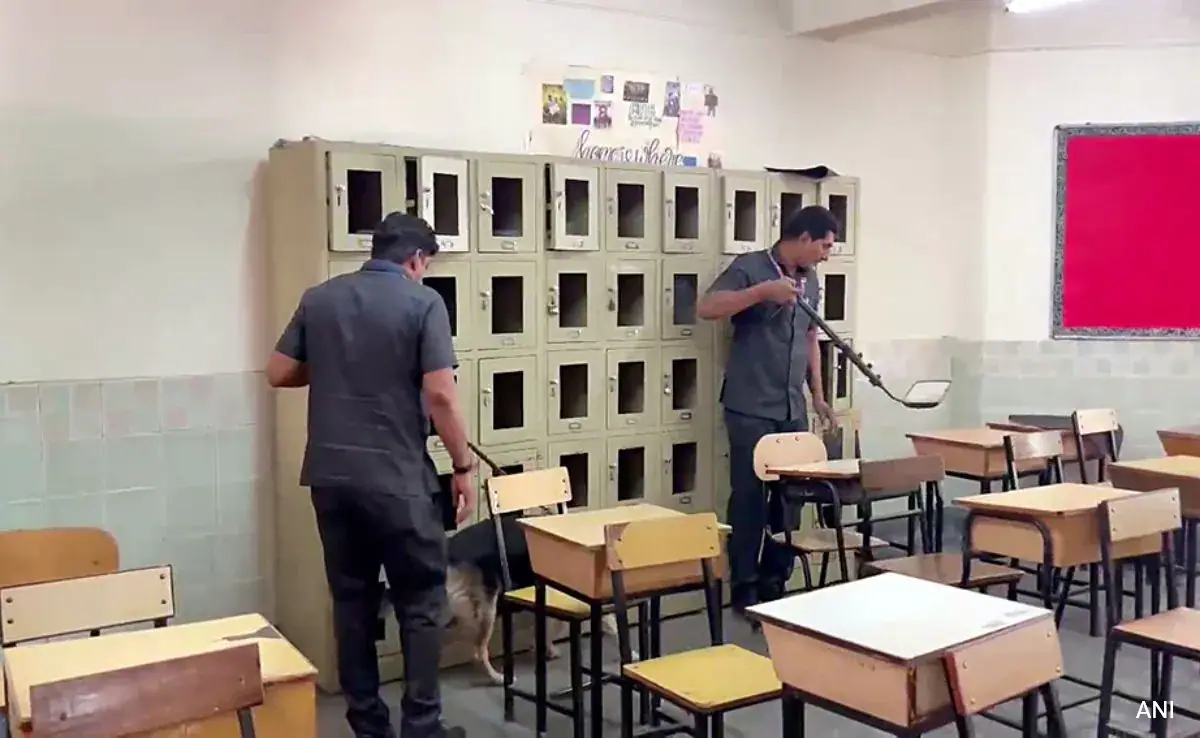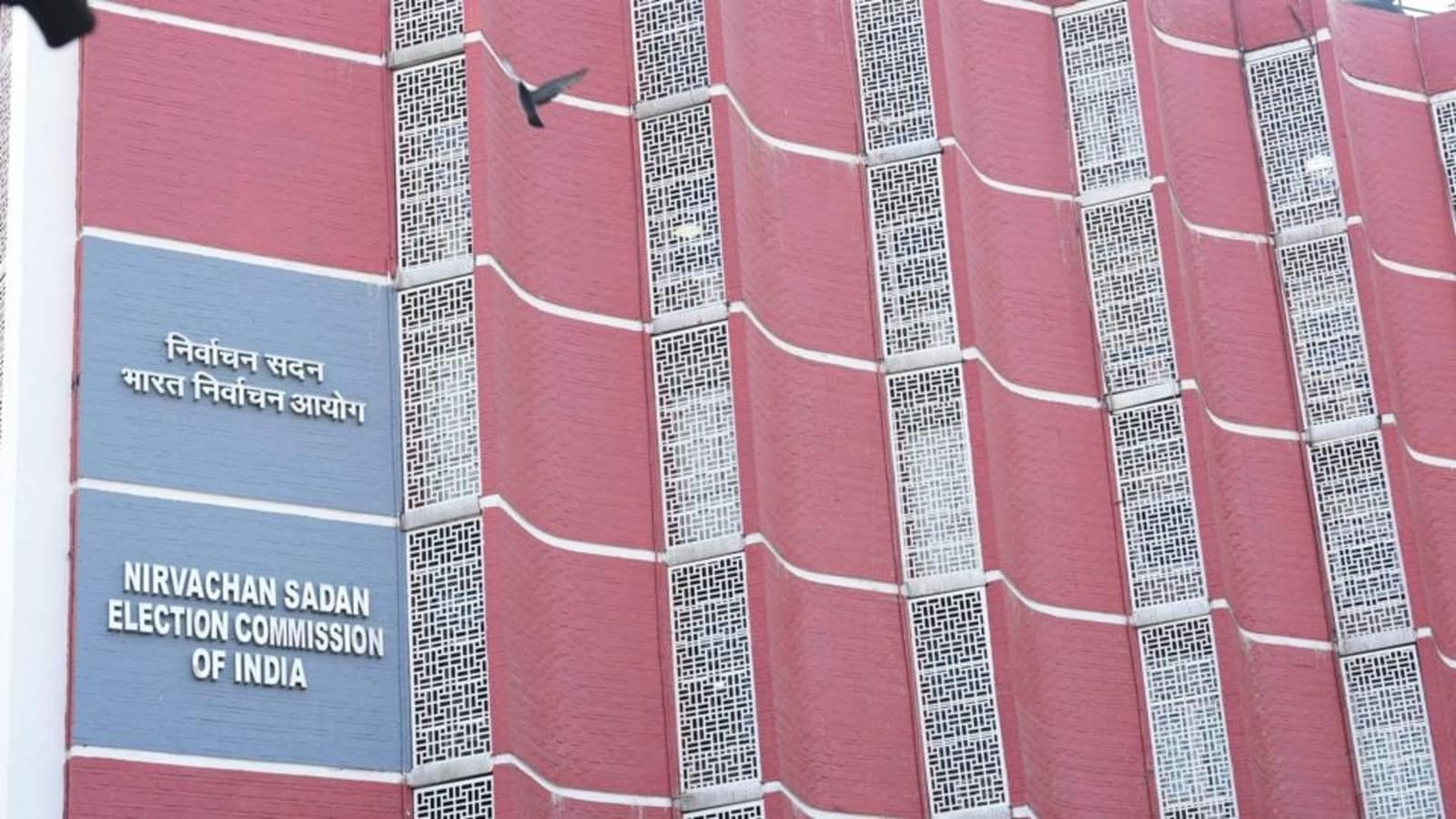Now Reading: Bomb Threats Rock Several Delhi Schools: Students and Staff Evacuated, Exams Postponed
-
01
Bomb Threats Rock Several Delhi Schools: Students and Staff Evacuated, Exams Postponed
Bomb Threats Rock Several Delhi Schools: Students and Staff Evacuated, Exams Postponed

Early this Saturday, multiple schools in Delhi received bomb threat calls, triggering panic and immediate evacuations of students and staff. Schools like DPS Dwarka, Krishna Model Public School, and Sarvodaya Vidyalaya were affected. Exams scheduled for the day were postponed. As Delhi witnesses yet another wave of such alerts, concern grows among parents, administrators, and law enforcement about hoax threats, safety protocols, and preventive measures.
What happened
Schools in various parts of Delhi were alerted through phone calls early in the morning. Upon receiving threats, school authorities coordinated with police and bomb disposal teams. All students and employees were safely evacuated. Search operations were launched to inspect school campuses. In some cases, management declared the school closed for the day. Exams scheduled for mid-term were postponed until further notice.
Pattern of threats and past incidents
These bomb threats are not isolated. Delhi has seen a spate of similar false alarms in recent months. Schools, universities, and even government buildings have been targeted by hoax calls or emails threatening explosives. Each time, the response has involved mass evacuations and police checks, though no credible explosive device has turned up yet. The frequency of these incidents has raised questions about their origin, purpose, and impact on the education system.
Challenges for schools and parents
Tier-2 or smaller-town schools sometimes lack advanced security infrastructure like full coverage CCTV, trained emergency staff, or coordinated drill procedures. Even in Delhi, schools had to react swiftly, often with little notice. Parents face emotional distress and logistical challenges — arranging pickup, postponing plans, ensuring children’s safety. For exam-going students, these disruptions can throw off preparations, schedules, and performance.
What authorities are doing
Police and bomb squads are investigating to trace the sources of the calls. School administrations are tightening safety protocols, instituting stricter visitor controls, and improving communication lines with parents. Some schools are issuing safety bulletins and holding drills. Government bodies are likely reviewing norms for how schools should respond to threats — when to evacuate, how to conduct searches, and how to balance safety with avoiding panic.
What needs to improve
Awareness is key. Students and staff should know emergency exits, drills, and whom to contact. Schools must invest in basic security infrastructure. Communication to parents needs to be timely and clear to prevent rumors or panic. Authorities should strengthen tracing of threat origins and possibly punish hoaxers more strictly. Ensuring mental well-being of students affected by repeated false alarms is equally important.
Conclusion
The recent bomb threats in Delhi schools underscore how vulnerable educational institutions are to disruptions caused by fear, even when actual danger is absent. What matters now is how schools, parents, and authorities learn from these incidents. For students, stability matters. For schools, readiness matters. For the city, trust matters. Ensuring safety and calm in future starts with preparation, transparency, and a firm resolve to prevent misuse of fear.

























